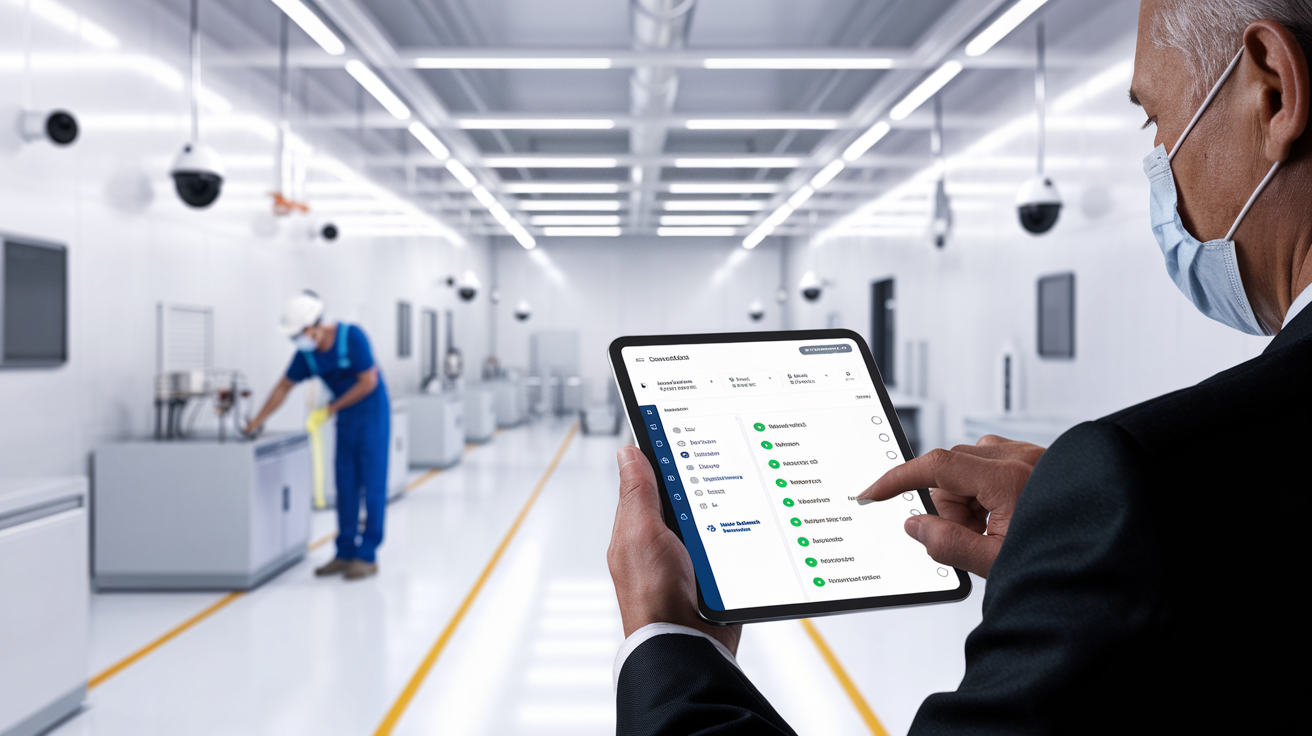In the industrial landscape of today, following rules is really vital. Maintaining safety, quality, and standards compliance throughout the industry, including manufacturing, construction, and energy, depends on audits and inspections—essential processes. As digital technologies proliferate, companies are efficiently handling these tasks utilizing audit management systems. As 2025 progresses, trends and industry norms are guiding companies' handling of audits and inspections, emphasizing accuracy and simplifying procaudit management systemesses. This study explores how these systems support compliance efforts and offers a viewpoint of current methods.
Why are inspections and audits so important nowadays?
Audits and inspections have become increasingly important as tighter rules and growing expectations from officials and stakeholders drive change. These procedures guarantee that activities follow necessary policies, support environmental issues, and support safety precautions. While inspections verify equipment, buildings, or processes in real time, audits compare systems and processes against predetermined benchmarks. Combined, they support compliance and help to spot issues. With more regulations in place in 2025, businesses concentrate on dependable strategies to control dangers and fulfill duties, usually looking to technology for help.
By 2025, how will industry standards have evolved?
Industry norms by 2025 stress safety, digital integration, and sustainability. Regulatory agencies advocate for initiatives to lower environmental effects, motivating companies to include environmentally friendly audits in their calendars. Particularly in sectors like energy or construction, safety regulations now call for continuous observation and quick event reporting. Compliance systems are also including data analysis and connected device adoption. An audit management system that adapts to these changes helps companies to properly meet local and worldwide criteria.
What does technology offer for audits and inspections?
Moving audits and inspections from paper records to digital approaches, technology is fundamental in how they are conducted today. Mobile tools let teams rapidly record results, therefore lowering mistakes. By keeping data orderly and easily accessible, cloud storage helps to streamline historical result evaluation. Artificial intelligence and other tools can highlight possible problems; automation handles mundane chores, including report creation. Combining these components, an audit management system offers a consistent basis to manage data from audits and inspections for quick replies.
How might an audit management system streamline chores?
By tying important tasks together, an audit management system simplifies audits and inspections. All on one platform, workers can immediately report observations; supervisors may assign tasks; managers can track development. This arrangement reduces manual work or imprecise communication-related delays. Automated reminders for approaching audits and alerts for past-due behavior help to maintain everything on time. In 2025, when efficiency is crucial, this strategy reduces effort and ensures smooth operations.
Visit axonator.com/product/audits-and-inspections/to get further understanding on why data matters for compliance decisions.
Audits and inspections depend much on data, which also greatly assists decision-making by 2025. An audit management system compiles data—such as audit notes or safety checks—then organizes it for review. Managers can spot early on trends such as regular equipment failures or process faults. During regulatory assessments, this approach also provides evidence of compliance. Dashboards and reports enable leaders to clearly see performance, therefore guiding their changes in strategy and risk reduction.
Trends Changing Audit Management Systems for 2025
By 2025, audit management systems are changing to satisfy fresh wants. Mobile-friendly designs let teams do audits and inspections anywhere—even far-off sites. Starting to help with hands-free data collecting are wearable technologies such as smart eyewear. Additionally emerging are predictive techniques using historical data to identify future issues. As businesses adjust to green goals, features emphasizing sustainability—such as tracking environmental effects during audits—are becoming more popular. These developments reveal how systems are reacting to different sector needs.
Get tailored solution: https://axonator.com/request-for-demo/
How Affected Are Employees by Inspections and Audits?
Beyond only compliance, audits and inspections help to create a safer workplace. Frequent evaluations reveal a dedication to staff welfare, which can help to build confidence. These procedures become evident when combined with an audit management system; employees see problems observed and addressed fast. This transparency helps to create responsibility and lessens concerns about overlooked hazards. Companies that prioritize safety via audits and inspections may find it simpler to retain a strong staff in 2025, when keeping trained people counts.
About ready to investigate other compliance solutions?
Operations in 2025 depend mostly on audits and inspections, so an audit management system is essential for effective management of them. This technology streamlines tasks, improves safety, and offers valuable data, whether in manufacturing, energy, or construction. Interested in how it might fit your requirements?

